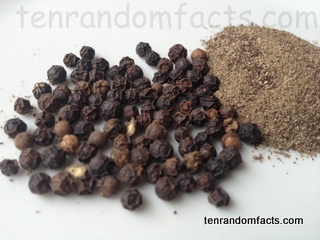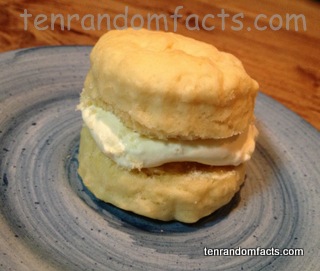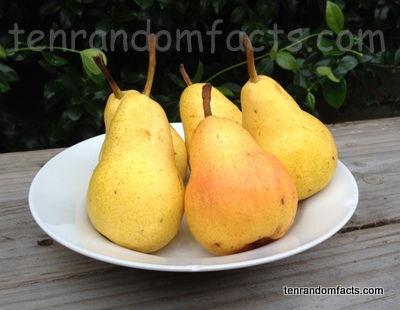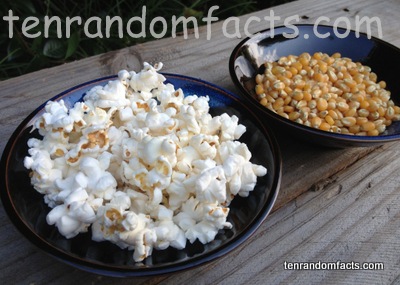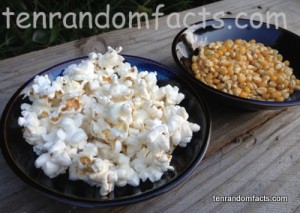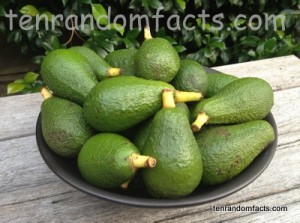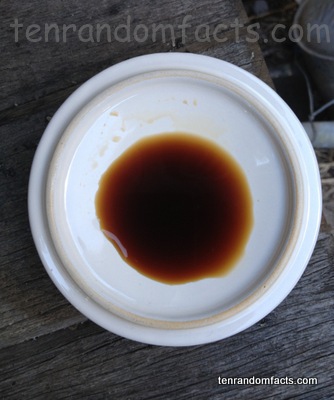
Just a little flavour.
- Soy sauce is a liqiud flavouring, generally used in cooking Asian dishes, and has a muddy, dark brownish colour.
- Soy sauce is also known as soya sauce.
- Soy sauce is generally made from soybeans, wheat, salt and water, although tamari, a traditional Japanese soy sauce, usually does not include wheat, which makes it suitable for a gluten free diet.
- Soy sauce is said to have originated in China in 2BC.
- Most varieties of soy sauce have lots of salt, meaning high sodium.
- Soy sauce is high in lactic acid bacteria and dark Chinese soy sauce is very high in antioxidants.
- Aspergillus, a fungus, is used to produce a mould, koji, which is vital to the fermentation process which produces the distinct flavour of soy sauce.
- ‘Soy sauce’ comes from the Japanese word ‘Shoyo’ (しょうゆ).
- There are numerous varieties and styles of soy sauce, and Japan, China, Indonesia, Taiwan, Korea and Vietnam are among those who produce the sauce.
- Soy sauce can be made in two ways: blended or brewed.




